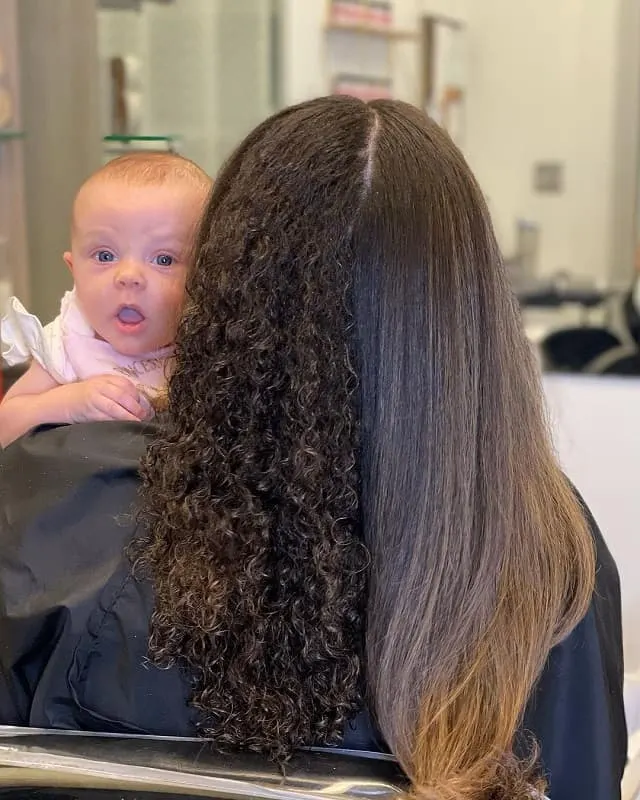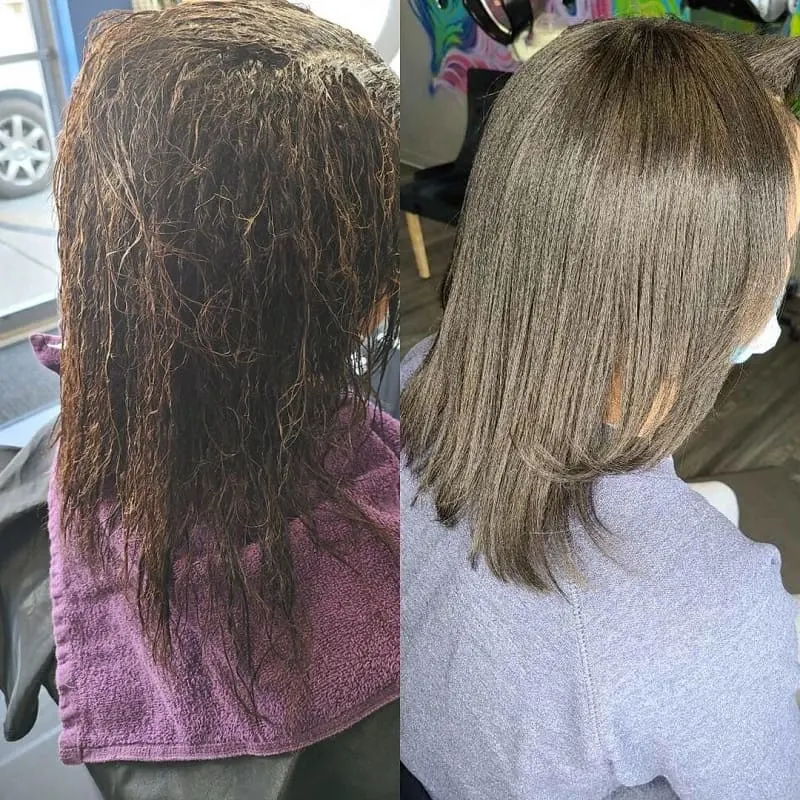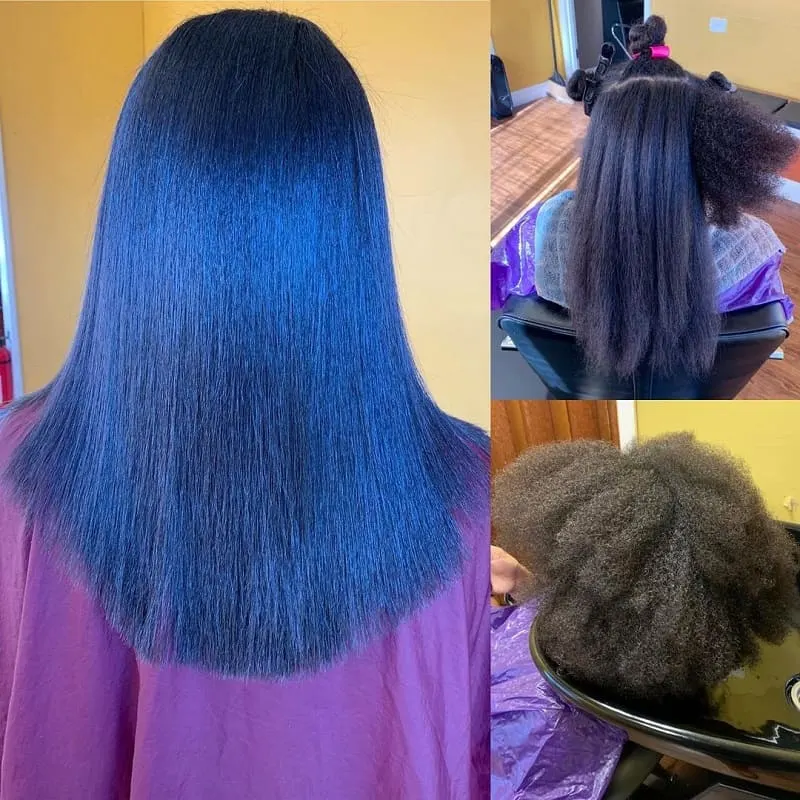The 5A, 5B, and 5C hair types aren’t anything new. They’re just less talked about—so much so that it’s challenging to define them or find more information on them.
There’s also a lot of debate on whether they should be included in the hair type chart as well as how to define them properly. Many individuals with this hair type choose to lump them all into one category: 5A.
In this article, we’re going to break down the 5A, 5B, and 5C hair types to clear up the confusion once and for all. Read on to learn more.
Defining the Hair Type Number 5

We typically follow a numeric system that defines hair types—one being the finest and straightest possible, and four being tightly coiled or kinked and textured.
Type 5 hair typically refers to natural, multi-textured hair with a mixture of frizz and curls within its fine strands. In its natural state, you’ll find that type 5 hair ranges from loosely coiled to tightly coiled, usually with S or Z-shaped curls that would typically fall under the 3A to 4C hair type categories.
The entire hair typing system was created to define natural curl patterns as they emerge from our scalps. As we mentioned earlier, type 5 hair is often left out of the rankings when we talk about hair type and the care that it requires. Type 5 hair is left out primarily because it refers to chemically treated hair.
Therefore, to have the exclusive type 5 hair, you’d have to have your natural hair chemically straightened, texturized, relaxed, or reformed.
Hair Types 5A, 5B, and 5C Explained
Chemically altering naturally curly, coiled, or kinked hair is a method referred to as “relaxing” the hair. It typically results in either tightly waved, loosely waved, straightened, or completely relaxed hair that’s also smooth and frizz-free. This also allows for more fullness and movement, and it makes the hair easier to style.
5A, 5B, and 5C hair can be loosely correlated to 3A, 3B, 3C, 4A, 4B, and 4C. It all depends on what the hair type was before the chemical processing began. It also correlates to which chemical treatments are done and how the hair is cared for afterward.
Here’s a simple breakdown of the hair types 5A, 5B, and 5C:
5A Hair
5A type hair is when you take multi-textured combination hair with S-shaped curls and chemically treat it with a relaxer to help loosen the curls or reform them. The result is smoother and more manageable curls or waves.
5B Hair
5B type hair is when you take the multi-textured combination hair, usually with Z-shaped curls or kinks, and chemically reform it for more manageable and frizz-free curls or straighten it. When S-shaped curls are chemically straightened, they can also fall into the 5B category.
5C Hair
5C type hair essentially refers to completely relaxed or straightened hair. 5C hair is usually the most overly processed as it takes more chemicals to completely relax or reform the super thick curls, coils, or kinks.
5C hair also mostly refers to the Z-shaped curls that are coiled or kinked as they are the densest, which is why they require heavier chemical treatment.
Comclusion
It’s important to note that once you’ve converted to the “type 5” hair, your natural curl pattern will never be the same. This is especially true if you consistently chemically treat or relax your curls over a long period.
It also takes a different course of care and products to maintain its health as chemically treating your hair results in weakening and damaging already fine hair.
FAQs
Hair type 5 is usually quite fragile because of the treatments that are put on it to achieve hair type 5. Since type 5 hair is not the hair in its fully natural state, styles like buns, Bantus, and braids are good options for protective styles.
You can also wear caps or scarves to protect it. Stray from hairstyles that require tight pulling because this harsh treatment can lead to hair breakage of already fragile type 5 hair.
The texture of 5c hair is very dense with tight curls, kinks, or coils. It is often fragile because of its chemically altered state.
Once you have 5c hair, it is impossible to transition to your natural state without cutting off all of the 5c hair and allowing for regrowth of your natural hair texture.
Some people do not consider type 5 hair a part of the natural hair types, but it is a part of hair typography. Hair type 5 is hair that has been chemically treated or relaxed. So yes, type 5 hair and relaxed hair are similar.



